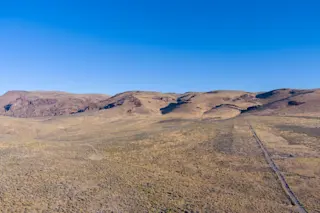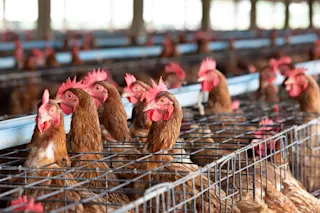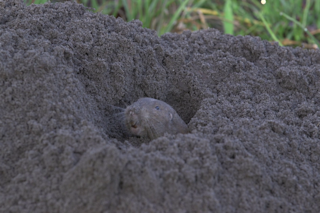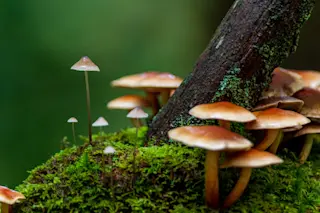THE STUDIES “Land Clearing and the Carbon Biofuel Debt” by Joseph Fargione et al., and “Use of U.S. Croplands for Biofuels Increases Greenhouse Gases Through Emissions From Land Use Change” by Timothy Searchinger et al., both published in the February 7, 2008, issue of Science.
THE QUESTION Will switching from fossil fuels to biofuels really reduce greenhouse gases? We take a close look at two big, controversial studies that examine carbon emissions from the ecosystems torn down to produce biofuels.
THE METHODS Throughout the Amazonian rain forest and the savanna of Brazil, enormous swaths of land are being converted to farms for growing soybeans and sugarcane—all for use in creating biofuels. The tropical rain forest and peatland of Indonesia and Malaysia and the grasslands of the United States are also being converted to biofuel crops. It is a disturbing trend, says Joseph Fargione, regional science director at the Nature Conservancy, ...














